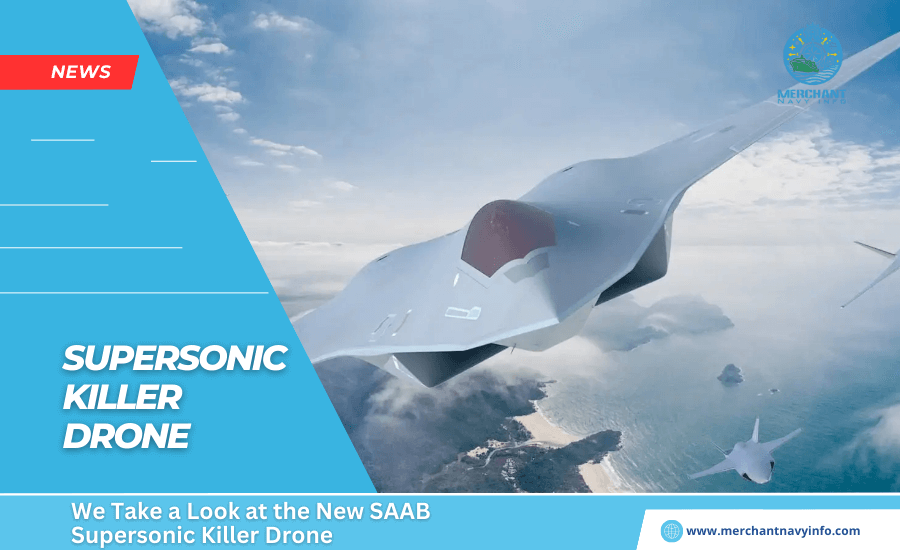
Background
Three years ago, I wrote an article for Hush-Kit regarding new trends in aerospace technology. One of the highlights was the emergence of a new way of approaching air combat, called systems-of-systems. This approach aims to integrate different types of systems, both crewed and uncrewed. As well as sensors and weapons systems, to create a more effective air combat capability. By air combat, I am referring to air defense and strike, surveillance, target location, air-to-air refueling, communication, and decision-making.
This article sought to identify the attributes, system elements, and technologies required to deliver such an air combat approach. SAAB and BAE Systems recently presented their work. They are currently delivering various projects to the USAF and USN in the UK, France, China, and Australia, demonstrating significant progress in this area.
In a broader warfighting context, the extensive role played by uncrewed systems, at all levels of sophistication. In the Ukraine conflict with Russia illustrates the key role such systems will play in the future Land, Sea, Air, and doubtless Space domains.
SAAB UCAV
The SAAB unmanned combat aerial vehicle (UCAV) has a Draken-like design. A highly swept inner wing forms a long strake and an outer wing with a lower leading edge sweep. The concept includes an upper-surface engine intake, a single engine, and butterfly tail surfaces. elevons and flaps at the trailing edge. The wind tunnel model shows underwing bays that appear generously sized in proportion to the vehicle. Although the absolute scale is unknown.
To understand the vehicle, we can use the information about its design requirements and then draw inferences about its intended use. The two figures showing aerodynamic information focus on supersonic wave drag and vortex-fin interference.
The plane’s intake is on the top surface, with large bays under the fuselage. It seems likely that someone intended these bays for weapons. But we’re not sure what they’re for. The current technology suggests that the bays could be used for air-to-surface and air-to-air weapons. The plane’s relatively large fuselage implies that it could achieve a reasonable range or endurance. However, because of its supersonic capability, it is designed to penetrate rather than loiter.
Potential Applications
A UCAV is a flexible system that can be used in various ways. In a strike mission, it can help strike threat radar, communications, electronic warfare, and defensive systems. It can also deploy decoys and jammers to conceal the location and intent of a crewed strike package.
In an anti-air mission, it is possible to use UCAVs if they are equipped with a long-range weapon such as a Meteor. The UCAV can penetrate threat airspace to provoke a response. Reducing the threat’s ability to respond to a follow-up attack by crewed fighters.
One option for the SAAB aircraft is to use it as a loyal wingman. Which can detect ground targets and track aircraft using infrared Seeker Trackers or ESM equipment. Active radar could also be used to locate targets. The SAAB design is flexible and can be used for other purposes. Such as tactical reconnaissance systems or active EW attacks. Before using the product, further development and system integration are necessary. Its use will depend on future scenarios and weapon systems. The concept shown at ICAS is a starting point for researching and understanding the potential of this vehicle.









